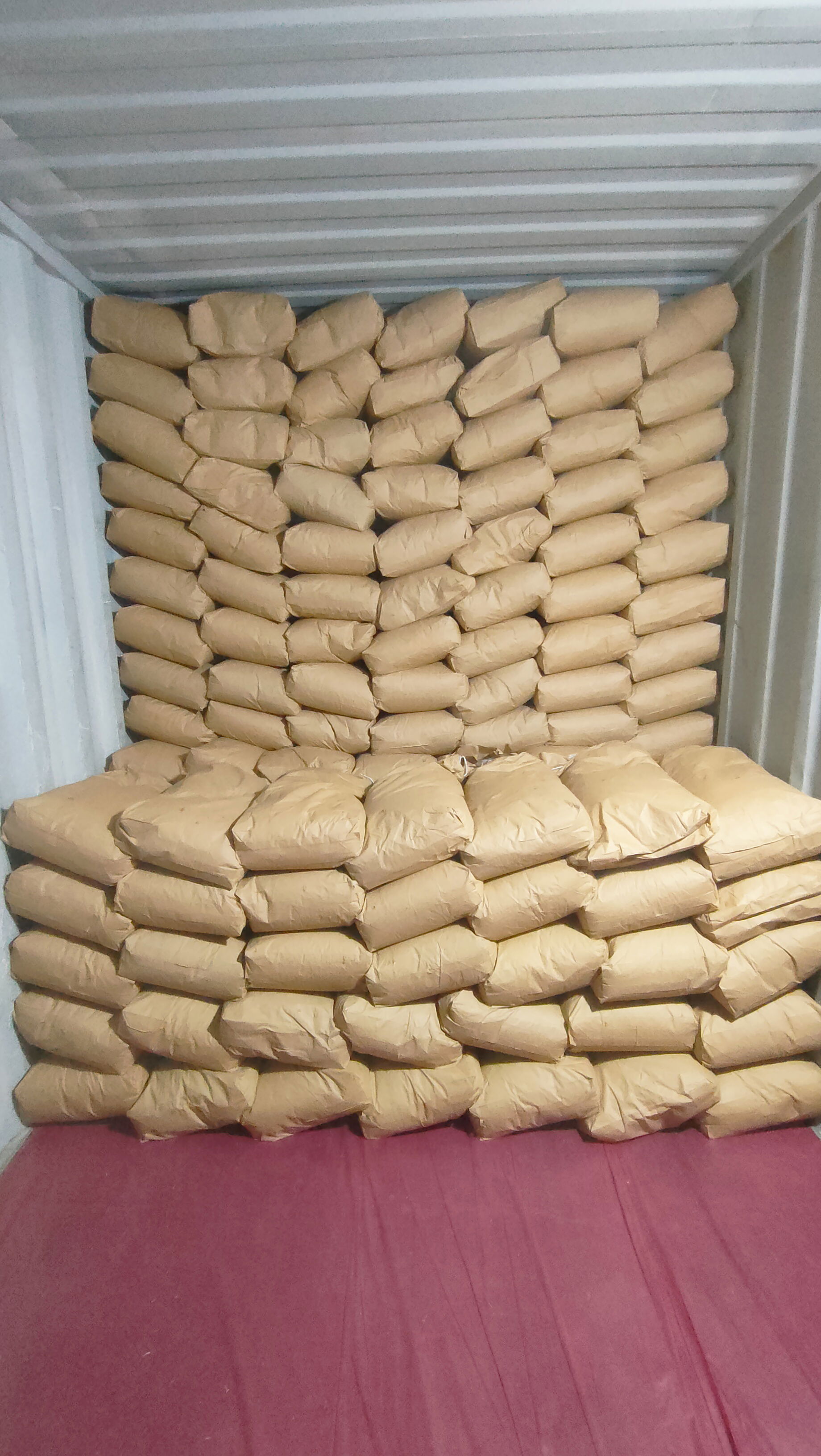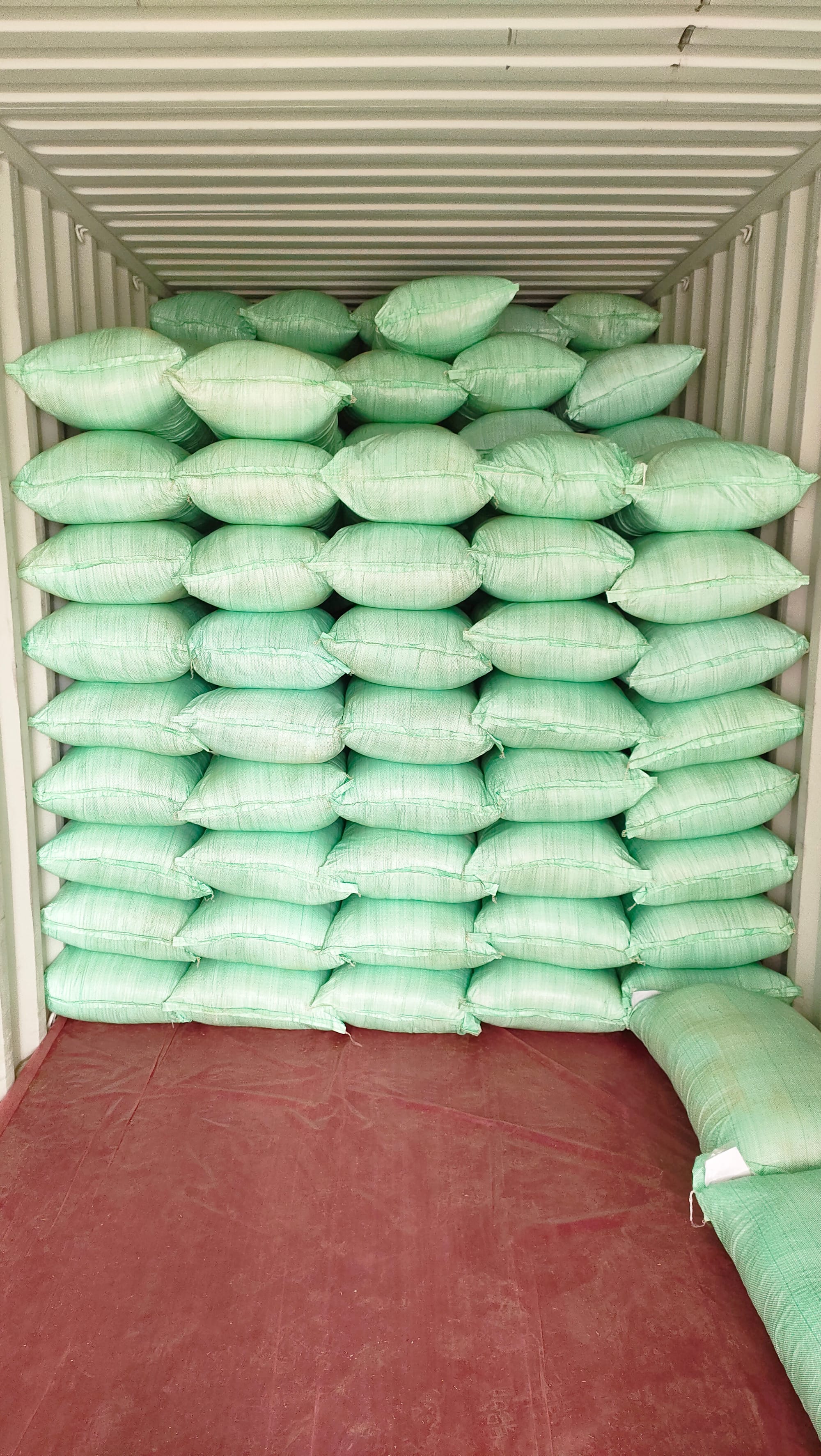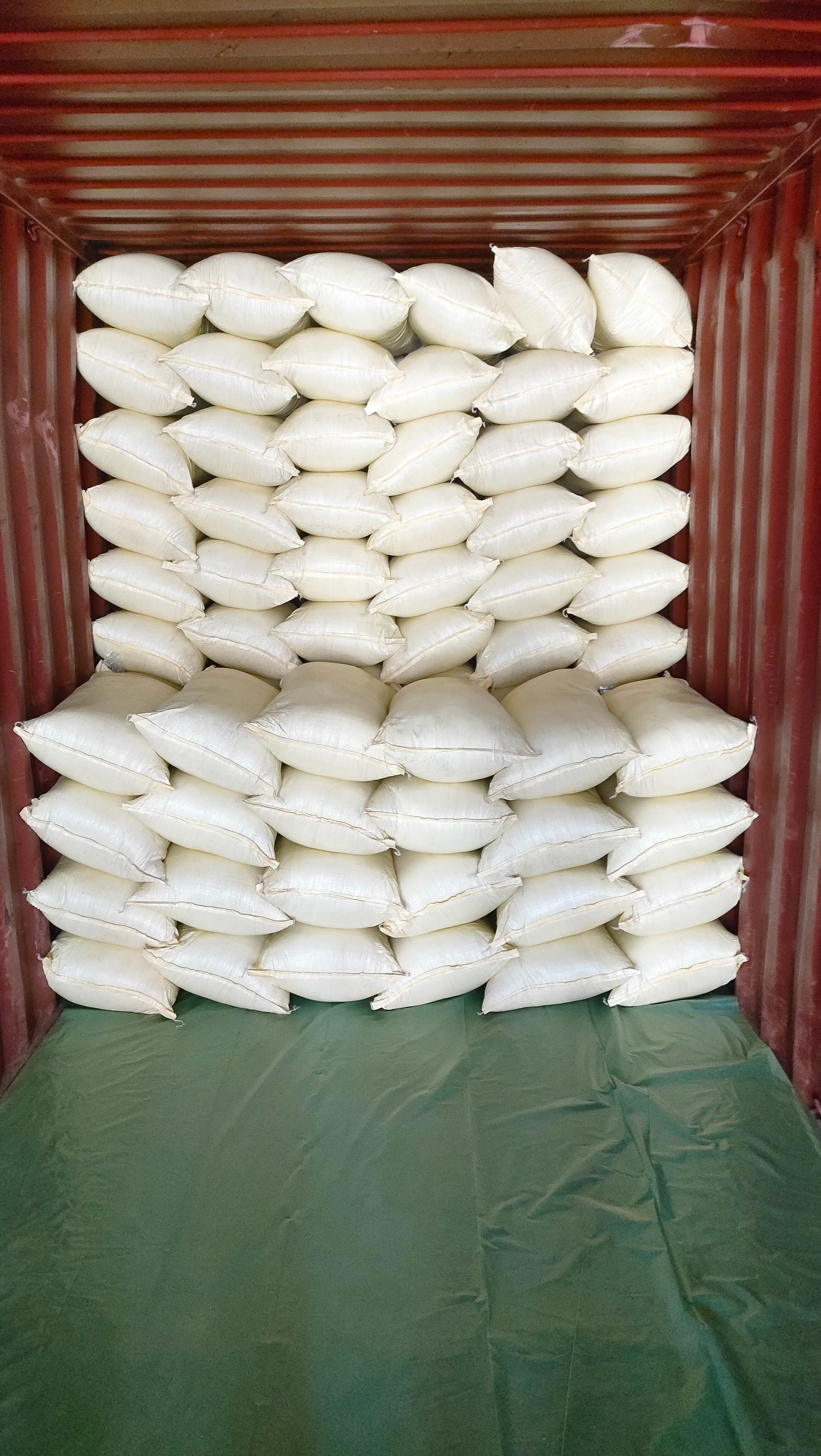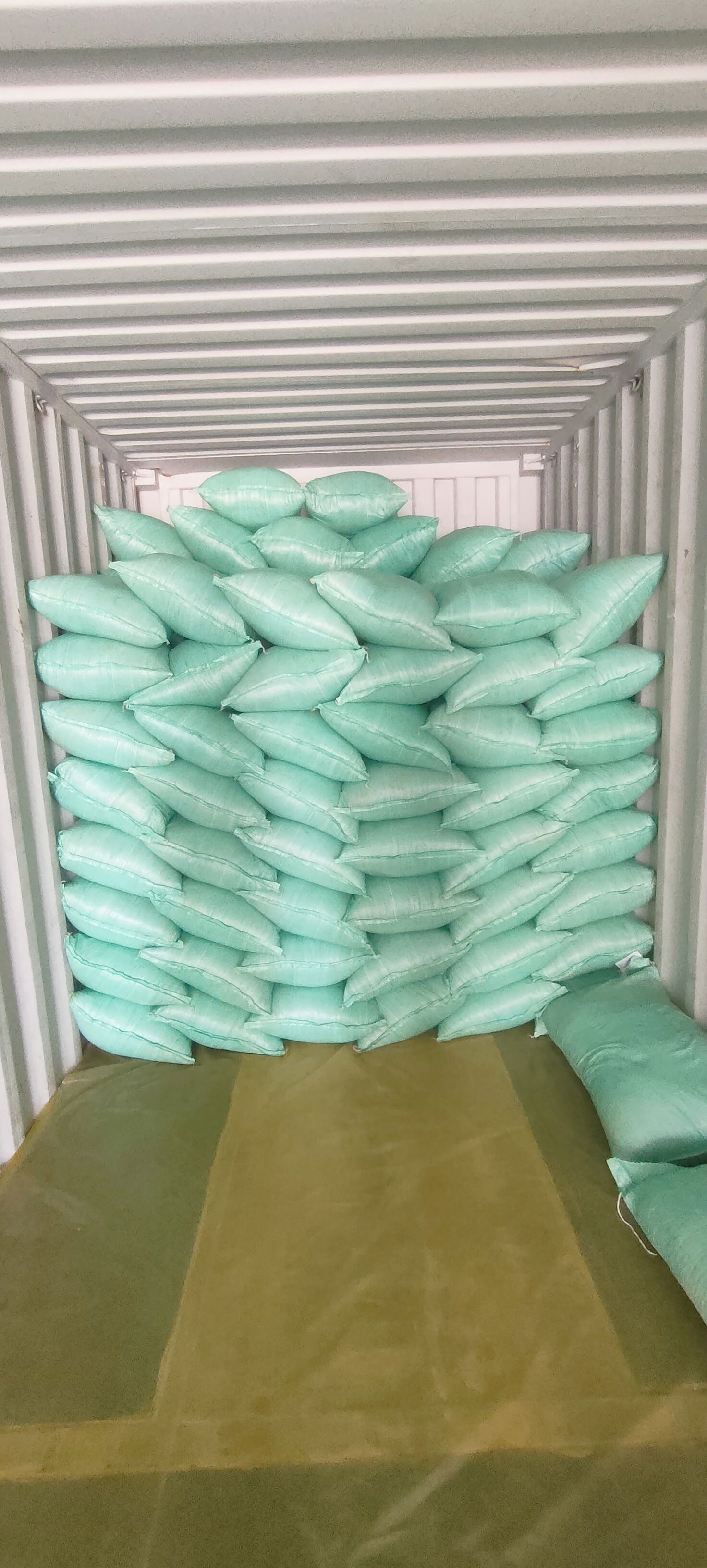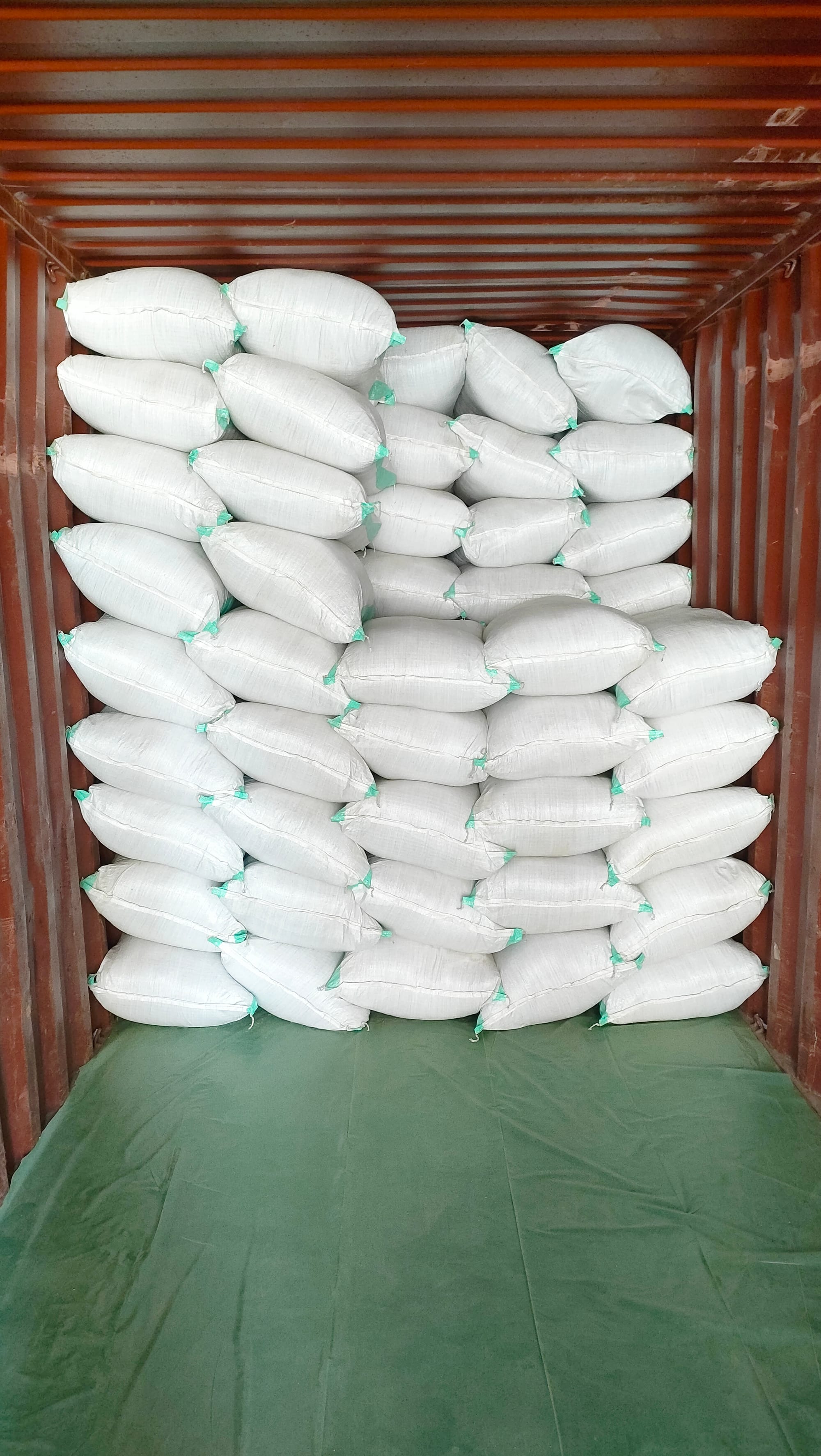اتخاذ إجراء الآن
لا تنتظر أكثر من ذلك
FARMS
Production Stages in Our Herbs, Spices, and Seeds Company
The production process for herbs, spices, and seeds involves several key stages, starting from cultivation and ending with marketing and distribution. Below is a detailed breakdown of each stage:
First Stage: Cultivation
The process begins with selecting suitable land and preparing the soil for planting herbs, spices, or seeds. This stage requires optimal environmental conditions, including adequate sunlight, proper irrigation, and temperature control to ensure healthy plant growth.
Second Stage: Irrigation and Maintenance
Once planted, the crops need continuous care, including regular irrigation, fertilization, and pest control. These measures help maintain plant health, prevent diseases, and ensure a high-quality yield.
Third Stage: Harvesting
Harvesting takes place when the herbs, spices, or seeds reach full maturity. The harvesting method depends on the type of crop and the part being collected, whether leaves, flowers, fruits, or seeds.
Fourth Stage: Drying and Curing
After harvesting, the products undergo a drying process to reduce moisture content and prevent spoilage, thereby extending their shelf life. Drying methods may include air drying, sun drying, or specialized drying equipment. Some herbs and spices may also require curing to enhance their flavor profiles.
Five Stage: Cleaning and Sorting
Once dried, the products go through a cleaning and sorting process. This involves removing impurities such as dirt, stems, or debris. They are then sorted based on size, color, or other quality criteria to ensure consistency.
Sixth Stage: Grinding or Processing
Depending on the final product, the herbs, spices, or seeds may undergo grinding or processing to create powders, extracts, or oils. This step involves specialized equipment to ensure a fine and high-quality output.
Seventh Stage: Packaging
After processing, the products are packaged in appropriate containers designed to preserve freshness and protect them from moisture, sunlight, and contamination. Proper labeling includes essential product information such as ingredients, production date, and benefits.
Eighth Stage: Quality Control
Strict quality control measures are applied throughout the production process to ensure that the final products meet industry standards. This includes regular inspections, laboratory testing, and sensory evaluations to verify quality, purity, and potency.
Ninth Stage: Storage and Distribution
After passing quality checks, the products are stored under suitable conditions with controlled temperature and humidity to maintain their quality. They are then distributed to retailers, wholesalers, or directly to consumers.
Tenth Stage: Sales and Marketing
The final stage focuses on promoting and selling the products through various marketing strategies, including online advertising, trade shows, and distribution partnerships. These efforts aim to increase brand awareness and boost sales.

